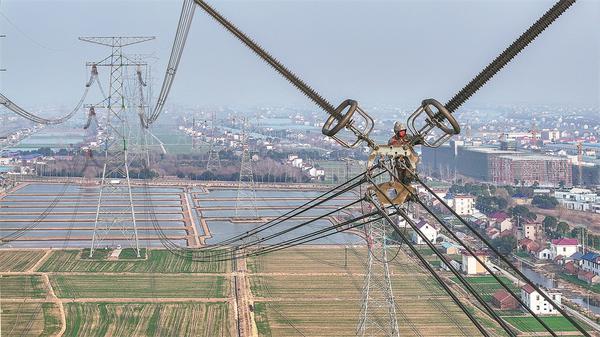
A technician conducts maintenance work on a high-voltage power line in Nantong, Jiangsu province, on Feb 27. (SHI JUN/FOR CHINA DAILY)
More than 50 percent of China's new energy power generation was consumed through market-based transactions last year, a milestone that underscores the significant progress of China's electricity market reforms over the past decade, according to the country's top energy authority.
China's national installed capacity for new energy reached 1.45 billion kilowatts last year, making up 43 percent of the country's total installed capacity, figures released by the National Energy Administration reveal.
The combined trading volume of green electricity certificates (GEC) meanwhile reached 446 billion kilowatt-hours, a dramatic 364 percent increase year-on-year. This means that roughly one-quarter of all new energy production realized its environmental value through the green certificate and green electricity market, it said.
GECs are the sole proof of the environmental attributes of renewable energy power in China and serve as the only certificate for verifying renewable energy production and consumption, according to relevant rules.
China's issuance of green electricity certificates saw a significant increase in January as the country continues accelerating its push for sustainable development.
The NEA issued 231.2 million GECs in January, including 94.74 million from wind power, about 40 percent of the total, 81.82 million from hydropower and 39.43 million from solar power, all of which represent an increase of 225 percent year-on-year.
China introduced the GEC system as a pilot program in 2017. In December 2023, the NEA issued the first batch of GECs after being designated as the authority responsible for green electricity certificate management. By the end of January, China had cumulatively issued 5.19 billion green electricity certificates, according to the NEA.
The figures highlight the deepening impact of power sector reforms initiated in 2015. Market-based electricity trading volume has surged from 1.1 trillion kilowatt-hours in 2016 to 6.2 trillion kWh in 2024 and now accounts for 63 percent of total electricity consumption nationwide.
Inter-provincial and inter-regional market trading has seen even more dramatic growth, reaching 1.4 trillion kWh in 2024, a more than tenfold increase compared to 2016, according to the NEA.
The number of participants in the market has also exploded. Registered market entities have increased nearly 20-fold, from 42,000 in 2016 to 816,000 currently. This diverse group includes power generators and consumers across various energy sources, from coal-fired plants to new energy and nuclear power facilities.
Industry experts suggest that the continued deepening of China's electricity market reforms is not only effectively promoting the consumption of clean energy, but also laying the foundation for a more efficient, flexible and sustainable power system, vital for China's green energy transition and high-quality economic development.
A major challenge for renewable energy is its variability and the potential for curtailment. Market-based transactions provide a mechanism to better match supply and demand, incentivizing consumption when renewable energy is available and reducing curtailment, said Lin Boqiang, head of Xiamen University's China Institute for Studies in Energy Policy.
China is deploying renewable energy at an unprecedented scale. To make this sustainable, it needs efficient mechanisms to consume this power. Market mechanisms are essential for managing the variability and scale of renewable generation, ensuring it's not just installed but actually used, he said.
"Market-based transactions allow for more efficient allocation of electricity resources. Prices signal scarcity and abundance, guiding generation and consumption decisions toward the most economically and environmentally sound options."
Hao Ruifeng, director of the NEA's market supervision department, noted that China's electricity market now boasts a comprehensive trading system, encompassing medium- and long-term contracts, spot markets, ancillary services and green electricity certificates and trading.
Medium- and long-term trading is now operating routinely, and spot market development is advancing rapidly. Market mechanisms have become a crucial tool for optimizing electricity resource allocation across China, said Hao.
China has maintained a new energy utilization rate above 95 percent. In 2024, green electricity trading volume reached 233.6 billion kWh, a year-on-year jump of 235 percent, according to NEA data.
























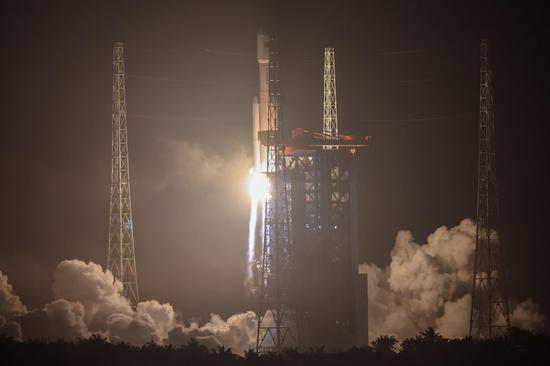


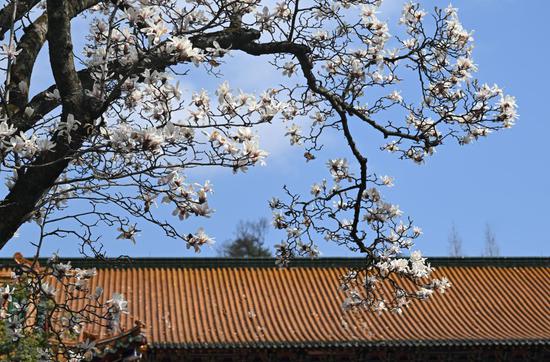

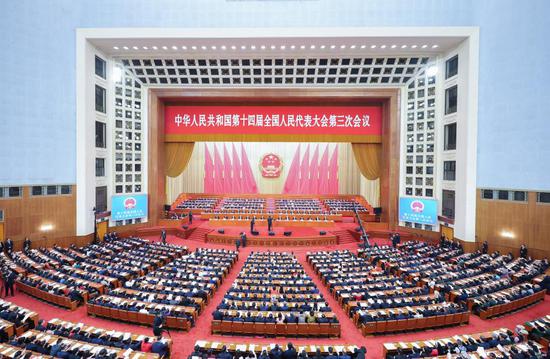



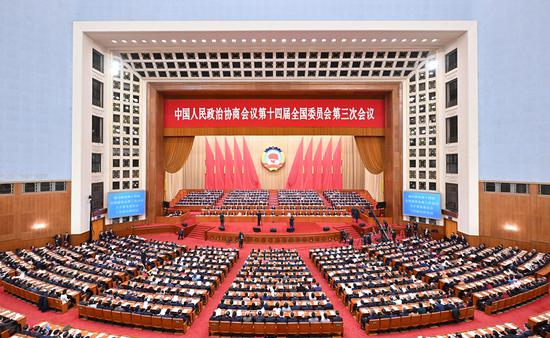


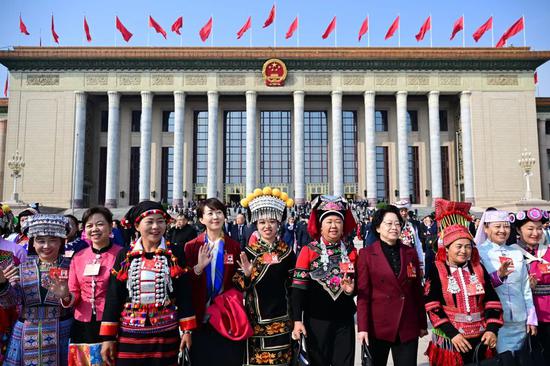






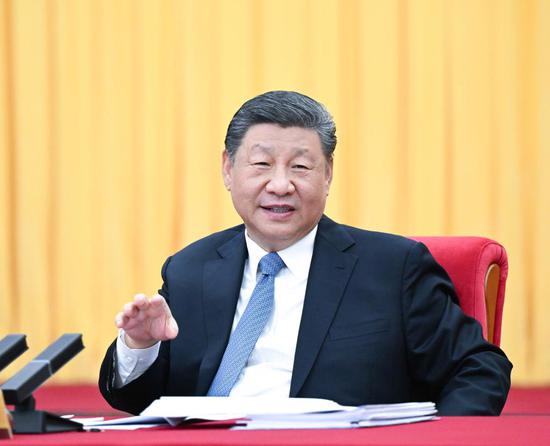
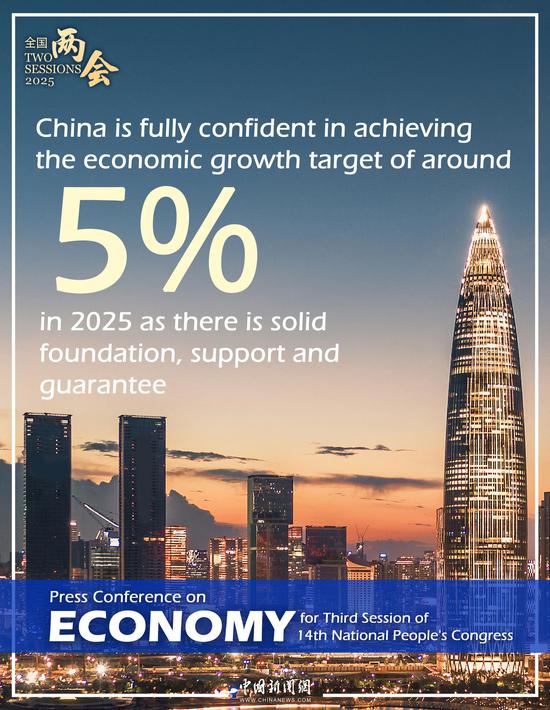

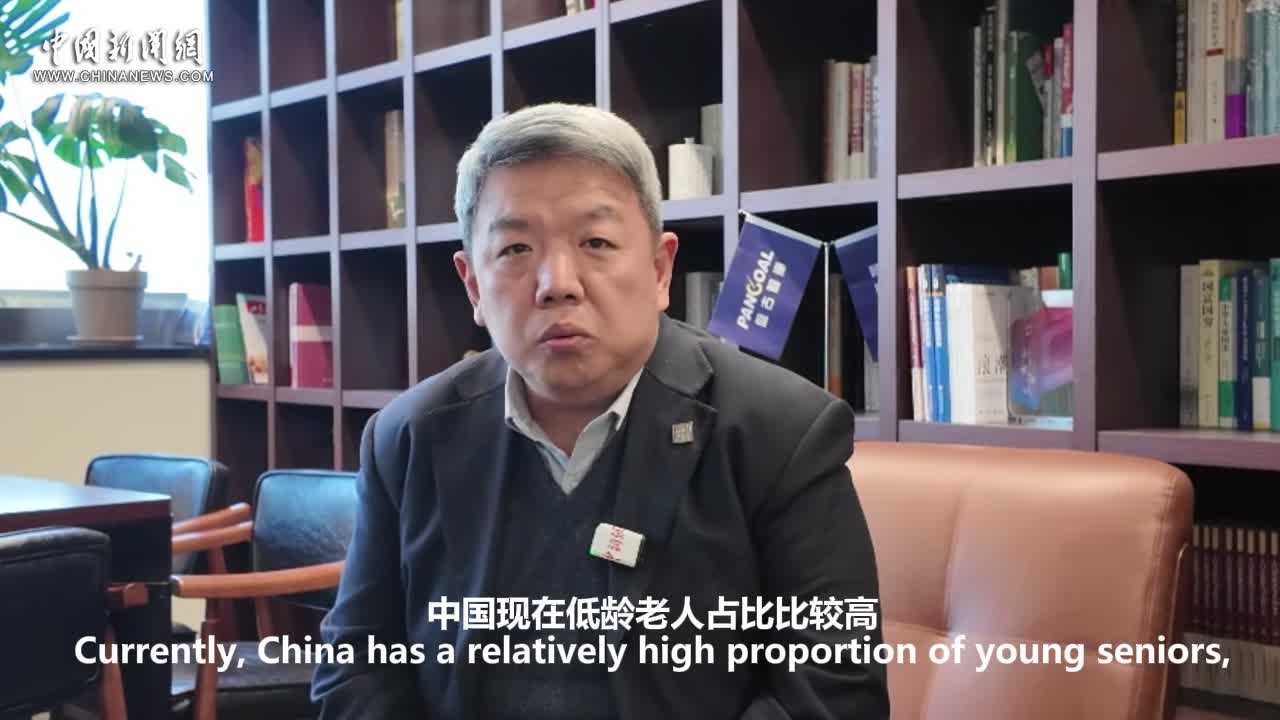



 京公網安備 11010202009201號
京公網安備 11010202009201號